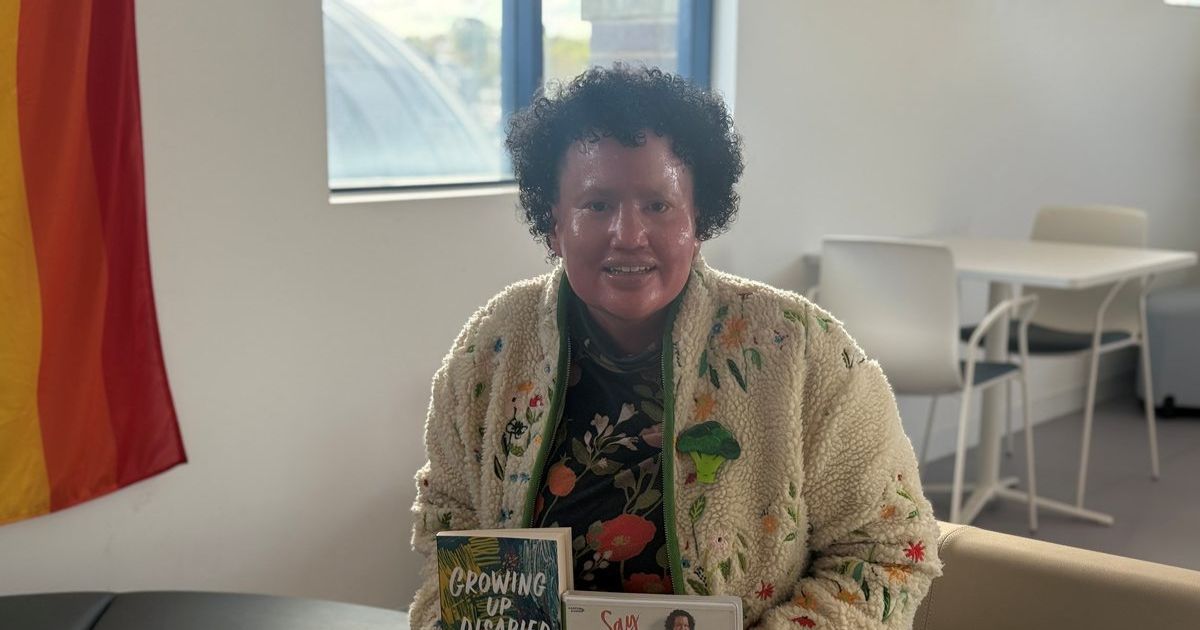The great Australian myth…

Back in the day: Advertising wasn't always misogynistic! However, it is unlikely this would be acceptable in this day and age. Images: SUPPLIED
THE 1950s were a phantasmagoria of opportunity under an endless, azure sky.
Awash in the victory of the Second World War, Australians were looking to a bright and prosperous future.
The years of rationing were soon forgotten. The Nation was marching into the future – and nothing would be allowed to impede their consumer progress.
Sensing an opportunity for creative advertising, artistic heads assiduously applied themselves and created a great Australian myth.
It was an advertiser’s dream decade. On radio, and in the print media, advertisers relentlessly urged consumers to ‘buy, buy, buy!’
Not only were they selling soap powder and breakfast cereals, they were selling an ideology: consumerism!

The path to happiness was to buy products of mass production. It was benign propaganda at its most efficient.
With dollars to be earned for jam, celebrities and film stars appeared in newspaper and magazine spreads selling face soap, cosmetics, and cigarettes.
Anything and everything which held consumer appeal was ripe for the picking.
The American advertising executive, Rosser Reeve, originated the unique selling point, or USP – a psychological advertising methodology which gave a product an erroneous advantage over its competitors.
Heineken’s famous UK slogan is an exemplar of the theory: ‘Refreshes the parts other beers cannot reach.’

It is a blatantly preposterous claim which most people accept is a joke; however, and importantly, it struck a chord and helped sell the brand.
Who could forget Cadbury’s, ‘glass and a half of milk’…
Fashion advertising in the print media was a figment of the artist’s creativity.
The stylised black-and-white, and coloured, line drawings of long-legged, wasp-waisted women, and chiselled featured, idealistically brawny men, had nothing to do with reality.
Advertisers were selling a romantic notion; an advertising myth. It was how we wanted to see ourselves.
Curiously, it captured the nation’s imagination. Consumerism ran rampant, while advertisers laughed all the way to the bank!
Then came television…


















